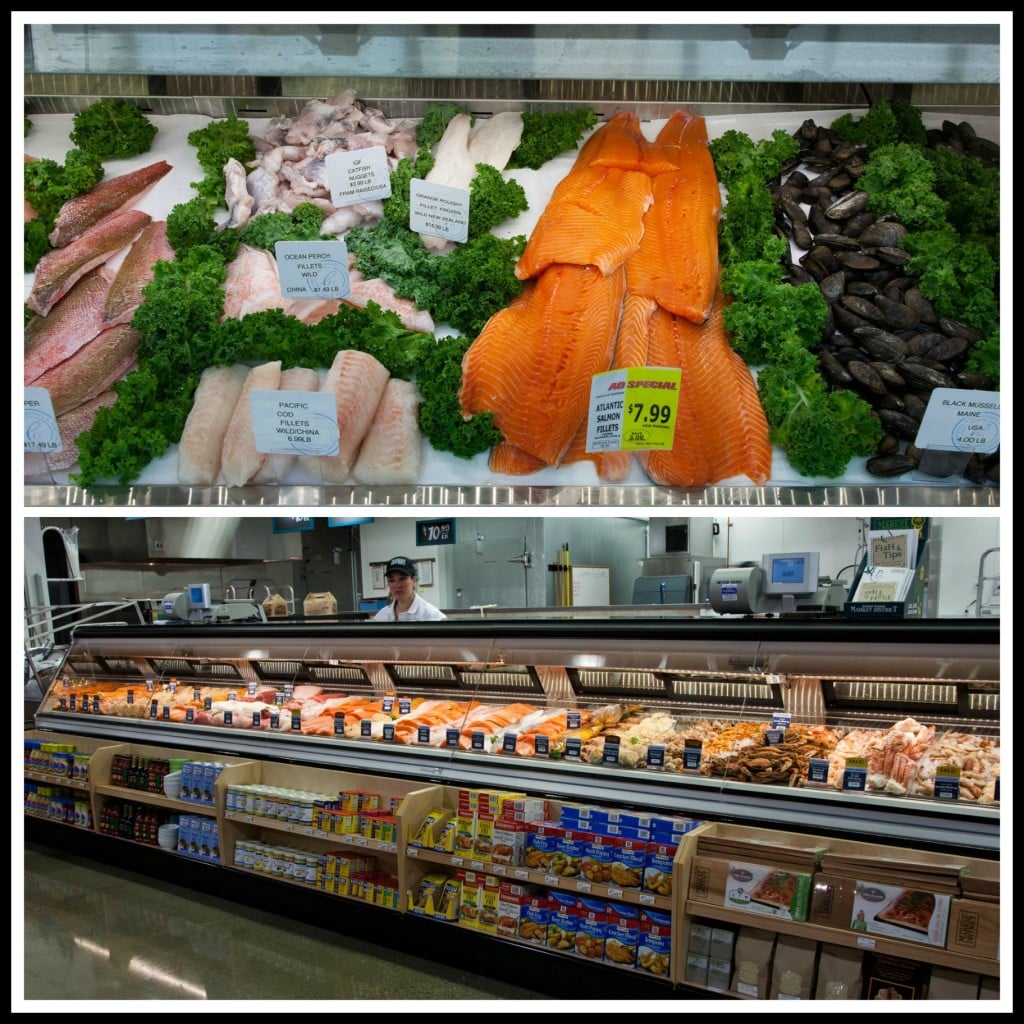Consumers’ path to healthier eating leads right to your seafood department

By Margie Proctor
Hillphoenix Marketing & Design Specialist
Health-conscious U.S. consumers are eating more seafood, and there’s still plenty of room for demand to grow. The National Marine Fisheries Service reports per-capita seafood consumption in the U.S. is 14.6 pounds, an amount that has increased over the last two years.
Consumption of shrimp — the No. 1 seafood seller — increased 11% from 2013 to 2014. Americans eat, on average 4 pounds of shrimp a year. Per-capita consumption of salmon jumped 34% from 2012 to 2013, according to the latest data from the fisheries service. Salmon is the No. 2 seller, with Americans eating an average of 2.7 pounds per year.
Yet Americans still aren’t eating enough seafood to take full advantage of its demonstrated health benefits, according to the 2015 Dietary Guidelines Advisory Committee, established jointly by the U.S. Department of Health and Human Services and the U.S. Department of Agriculture. The committee recommended Americans eat more seafood as part of a “Healthy U.S.” or “Mediterranean-style” diet pattern.
The growing interest in seafood spells opportunity for food retailers. Market tracker Mintel says consumers’ “back to basics” food preferences are driving sales of superfoods like salmon. Market research firm Datassential sees seafood growing in tandem with other trends. Peri-peri sauce is hot (in all senses of the word), and it’s perfect on seafood. Popular ahi peppers often are served alongside fish. The same is true for trendy (and sour) yuzu fruit.
Clearly, there’s a great deal of upside for supermarkets, but expanding seafood offerings creates challenges, too. A Progressive Grocer article published earlier this year perfectly captured the pros and cons. “Nearly 60% of Progressive Grocer’s 2015 retail seafood survey executive panelists indicate sales gains for the 12 months ending November 2014, reflecting an overall sales gain of 4%, which is all the more impressive considering seafood is one of the average supermarket’s most shrink-challenged, labor-intensive fresh departments.”
At Hillphoenix, we’ve come up with a better way for supermarkets to sell seafood. Our Coolgenix® refrigerated cases enable lower-labor merchandising — while prolonging seafood’s shelf life. The secret is in Coolgenix’s conduction technology that provides constant, optimal temperature and humidity levels. Coolant circulates through enclosed channels in deck pans below the product, generating conductive cooling that keeps meat and seafood at the right temperature all the time. In addition, a small gravity coil at the top of the case tempers the air and encourages just enough airflow to push moisture-preserving humidity down near the product.
Coolgenix cases don’t require messy and labor-intensive ice (although you can use some ice in display troughs for effect). You gain extra space for more creative displays. Plus, your employees spend less time shoveling ice in and out of the cooler and more time serving customers. Now, that’s the way to amp up seafood sales.